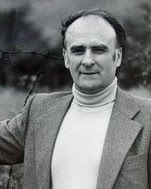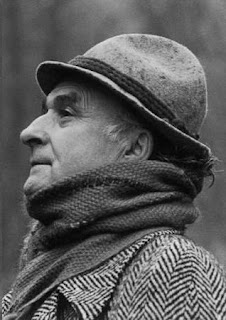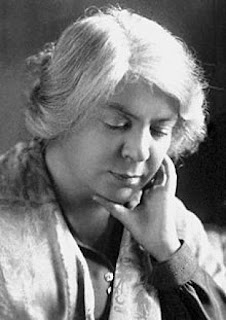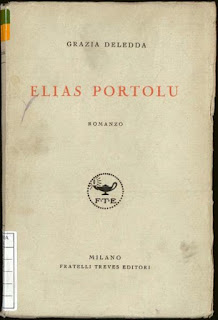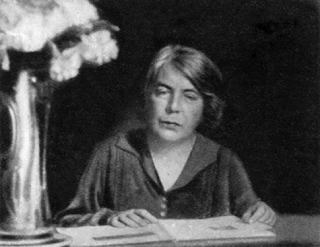Sardinian shepherd holds record as oldest Italian in history
 |
| Antonio Todde attributed his longevity to long walks and a daily glass of local red wine |
There are 19 other Italians who have attained a higher age, but all are women. Maria Giuseppa Robucci, from Apulia, is still living at the age of 115 years 307 days but would need to survive a further year and 195 days to match Emma Morano, from Piedmont, who died in 2017 aged 117 years 137 days as the oldest Italian of all time.
Todde was the world’s most senior male centenarian from the death of the American John Painter on March 1, 2001 until his own death 10 months later.
He was born to a poor shepherd family in Tiana, about 140km (87 miles) north of Cagliari in the Gennargentu mountains, about 55km (34 miles) southwest of the provincial capital, Nuoro.
The area historically has a high number of centenarians and there was longevity in Todde’s family. His father Francesco lived to be 90 years old, and his mother Francesca 98. His sister Maria Agostina - one of 11 siblings - was still alive at the age of 97 at the time of his death and herself lived to be 102.
 |
| Emma Morano, pictured at 21, lived to be 117, as the oldest Italian in history |
He had a simple diet based on pasta, vegetable soup, red meat and cheese, took regular long walks and relaxed by playing cards with his friends.
He rarely suffered ill health and passed away in his sleep, just a few hours after complaining that he had no appetite.
Todde left Sardinia only to fight in the First World War, in which he suffered an injured shoulder as a result of a grenade explosion.
In 1920, he married Maria Antonia, then aged 25, and they had four daughters and a son. She died in 1990, aged 95.
Todde's life and those of his fellow islanders was the focus of a scientific project, called Akea, into ageing and longevity, which was prompted by the high number of Sardinia's 1.6 million population who become centenarians.
Some 135 people per million on the island live to see their 100th birthday, compared with the western average of 75.
Akea is an acronym for "A Kent'Annos" - a Sardinian traditional greeting which means "a hundred years". It grew from studies carried out since 1997 by the team of Professor Luca Deiana, head of the biochemistry clinic, University of Sassari. The study took into account genetic, dietary and lifestyle factors.
| Antonio Todde worked as a shepherd in the rugged Gennargentu mountains of central Sardinia |
The village of Tiana is located on the western slopes of the Gennargentu massif, almost at the geographical centre of Sardinia, surrounded by mountains climbing to more than 1,000m (3,280ft). The village traditionally produced a woolen fabric called orbace, obtained from spinning wool and used to make winter clothes. Narrow streets, houses huddled together and passages covered by arches characterize the historical centre of the village. A museum of industrial archaeology in the locality of Gusagu includes Sa Cracchera de tziu Bellu, the last active fulling-mill on the island, and one of only a few in Europe. Fulling is a process aimed at eliminating oil, dirt and other impurities from wool and making it thicker.
 |
| Nuoro is a city of narrow streets and traditional stone houses |
Nuoro is a city in eastern central Sardinia of about 36,000 people, the sixth largest on the island, characterised by cobbled streets lined with traditional stone houses. Situated on the slopes of Monte Ortobene, it is the birthplace of several renowned writers, poets, painters, and sculptors, including Grazia Deledda, the only Italian woman to win the Nobel Prize in Literature, whose birthplace is one of the city’s many museums. As a cultural centre, Nuoro is sometimes called the Athens of Sardinia.
More reading:
Maria Radaelli - the Inter fan who for 10 months was the oldest living person in Europe
Lazzaro Ponticelli, the First World War veteran who became world's oldest living Italian
Francesco Chiarello: fought in two world wars, lived to be 109
Also on this day:
1506: The founding of the Papal Swiss Guard
1893: The birth of gang boss Francesco Ioele, also known as Frankie Yale
2005: The death of First World War veteran Carlo Orelli, aged 110
Home
